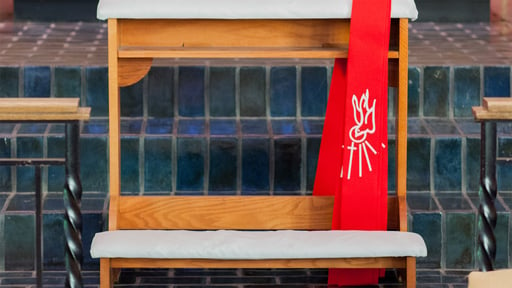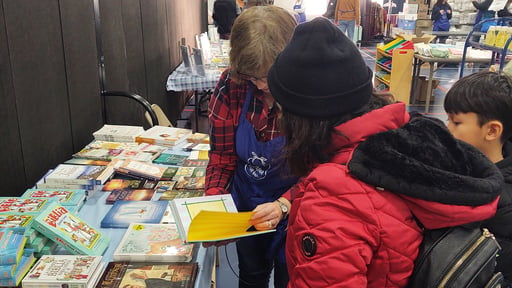Church services can sometimes be confusing for little ones. They will have questions about what they are seeing. Teaching young children about the individual parts of the church service can seem daunting. And it starts with learning yourself what it all means! It’s a great opportunity to help them grow and understand the symbols of our Christian faith. This is the second post in a series on teaching our youngest churchgoers about the parts of the service.
What are the two main things we see in front of the church?
Right in the center of our view when we come into the sanctuary, two things focus our hearts and minds for worship. Front and center are usually an altar and a cross (either a plain cross or a crucifix). This center placement calls our attention to the heart of our faith. Understanding the meaning is a blessing to our worship and study. May we teach this in a simple way to our children that it may be helpful to them in their walk with the Lord.
Remembering the History of the Altar
The altar in Old Testament times was a place of sacrifice. Men gave up their best offering as a sacrifice to God to pay for their sinfulness against His commands. The continual sacrifices made at the altar were a visual reminder—with every sinful thought, glance, and action—of the need for God’s forgiveness. The Old Testament system of sacrifices also looked ahead to the time when God would send the promised “once for all” sacrifice—His Son, our Savior, Jesus Christ. We look at the altar and can remember the history: the sacrifice we had to offer for our sins against one another. The story does not end there, though! This place of relationship and atonement became also a place of true gift.
The Final Sacrifice
The cross has become the most universal symbol of Christianity, but it was, of course, what the Romans used to execute criminals, in great shame. Jesus died on the cross providing us the greatest, most undeserved, most unexpected gift. The incredible creator of the universe came down as a little babe, fully human, experienced our life but without sin, and then became the permanent sacrifice for all sins. The altar, where we no longer offer a sacrifice, is a symbol of the once-for-all and final sacrifice for all sins offered by Jesus Christ on the cross. This is why cross and altar are so closely connected. This is the heart of our faith. This is the central point.
The altar stands as a symbol of God’s presence with us, His people. It is because of Christ’s sacrifice that we have access to the Father. Because we have been redeemed by the blood of Christ, we can offer our prayers, praise, and thanksgiving to God the Father. The altar is now a symbol of both our past and current, active, relationship with God. We receive the Lord's Supper from the altar, and we respond with thanksgiving and praise as we worship.
Where the Pastor Stands
Where the pastor stands around the altar is also meaningful. From this place of relationship, where we remember the true gift of Christ, the pastor leads the people in worshiping God. When he speaks facing the altar, he is at those times speaking to God on behalf of the people. When he faces the congregation, he is speaking God’s Word to the people. He also delivers the gift of the Lord’s Supper from the altar. From the sacrifice of Christ, we receive His body and His blood.
This post explains why the cross and altar are our focus in worship; how they are used reminds us of our deep relationship with God. The many things we place on the altar or use to dress the altar are also visual ways to teach about our faith. May these teachings be helpful as you encourage and educate young ones in the faith.
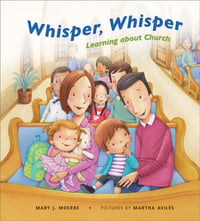 Whisper, Whisper: Learning About Church has rhyming text, in-sanctuary tips, and engaging, colorful illustrations help children understand the rituals and routine at church.
Whisper, Whisper: Learning About Church has rhyming text, in-sanctuary tips, and engaging, colorful illustrations help children understand the rituals and routine at church.

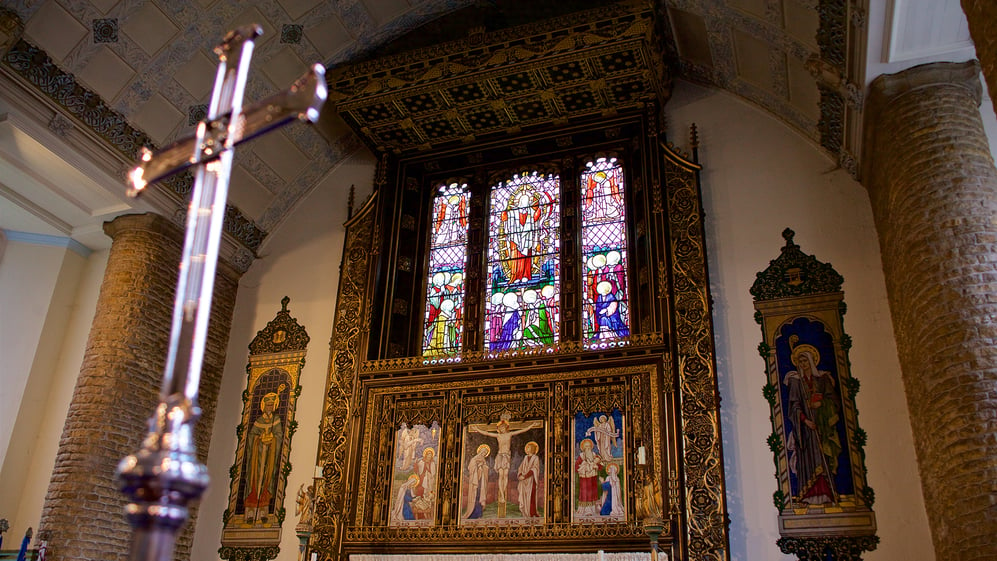

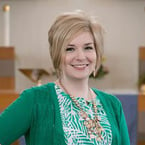


.jpg?width=50&height=50&name=IMG_20220621_160541_456%20(1).jpg)
